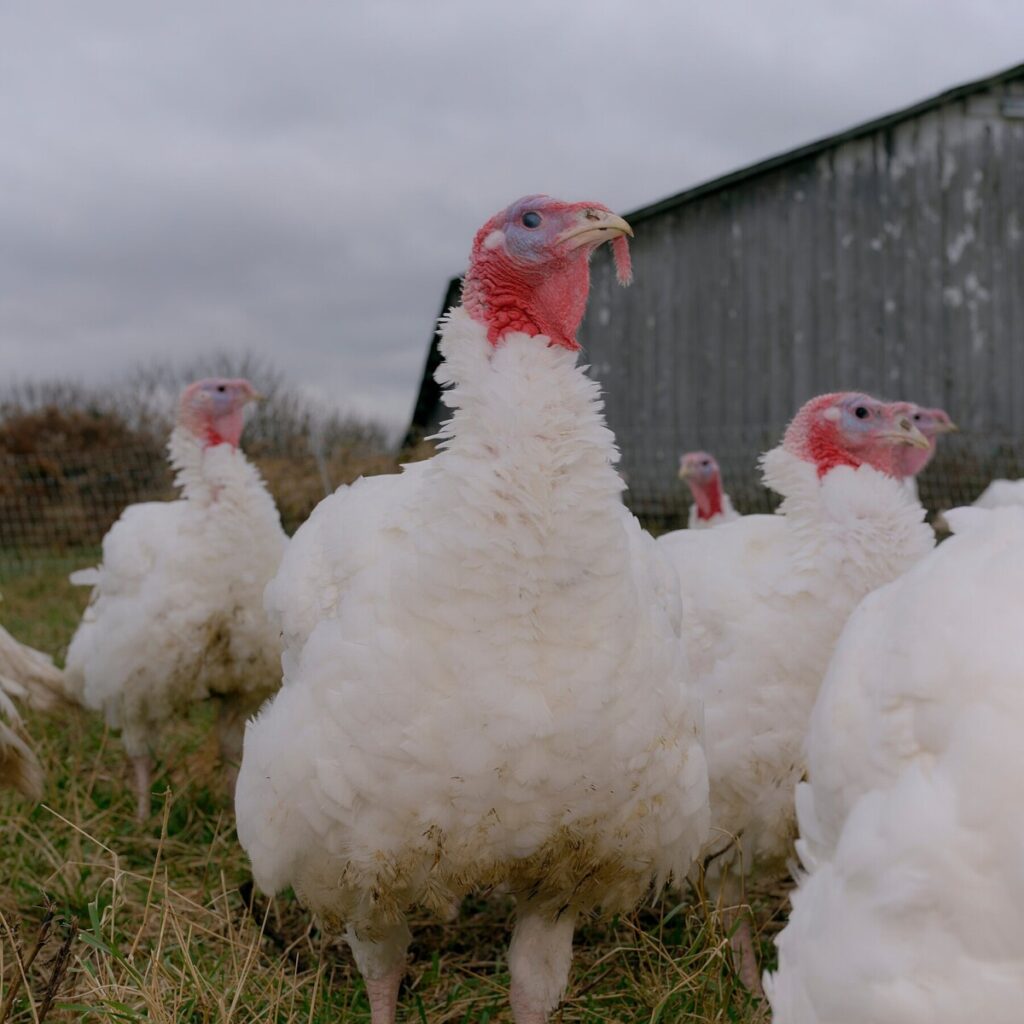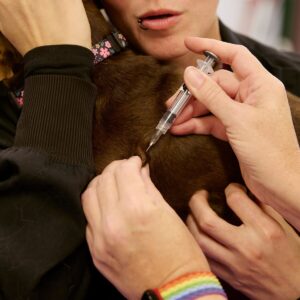Bird Flu Is Back
As autumn approaches, the avian flu, a highly contagious virus affecting birds, is making headlines once again, particularly as wild birds migrate south for the season. This annual migratory pattern has historically been linked to the spread of the virus, which can have devastating impacts not only on avian populations but also on the poultry industry and public health. This year, however, the situation is compounded by a government shutdown that has left many federal agencies operating with minimal staff. Agencies such as the U.S. Department of Agriculture (USDA) and the Centers for Disease Control and Prevention (CDC), which typically play critical roles in monitoring and responding to outbreaks, are hindered in their efforts due to reduced personnel and resources.
The implications of this shutdown are significant. With fewer resources available for surveillance and response, there is a growing concern that the spread of avian flu may go unchecked, potentially leading to larger outbreaks. For instance, in previous years, outbreaks have led to the culling of millions of birds, causing substantial economic losses for poultry farmers and raising fears of transmission to humans. The USDA has indicated that while they are still conducting essential functions, the lack of staff means that there may be delays in reporting and responding to new cases. This situation underscores the importance of government readiness and the challenges posed by political decisions on public health and agriculture.
As the fall migration continues, experts are urging vigilance among farmers and poultry producers. They recommend implementing biosecurity measures to protect flocks from potential exposure to the virus. These measures include restricting access to poultry facilities, monitoring bird health closely, and reporting any unusual symptoms immediately. With the added stress of the government shutdown, the agricultural community is left to navigate this precarious situation with limited support, highlighting the critical need for robust public health infrastructure, especially during times of crisis. The interplay between wildlife dynamics, agricultural practices, and governmental operations emphasizes the complexity of managing zoonotic diseases like avian flu, reminding us that effective public health responses require both preparedness and cooperation across various sectors.
Related articles:
– Link 1
– Link 2
Avian flu often flares up in the fall as wild birds begin migrating south; this year, the uptick is occurring during a government shutdown, as federal agencies that are typically involved in the response are working with skeletal staff.
Eric
Eric is a seasoned journalist covering Health news.



